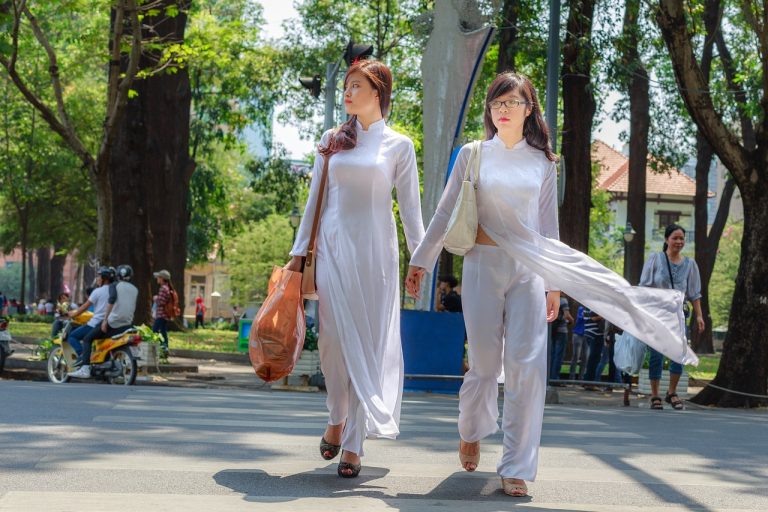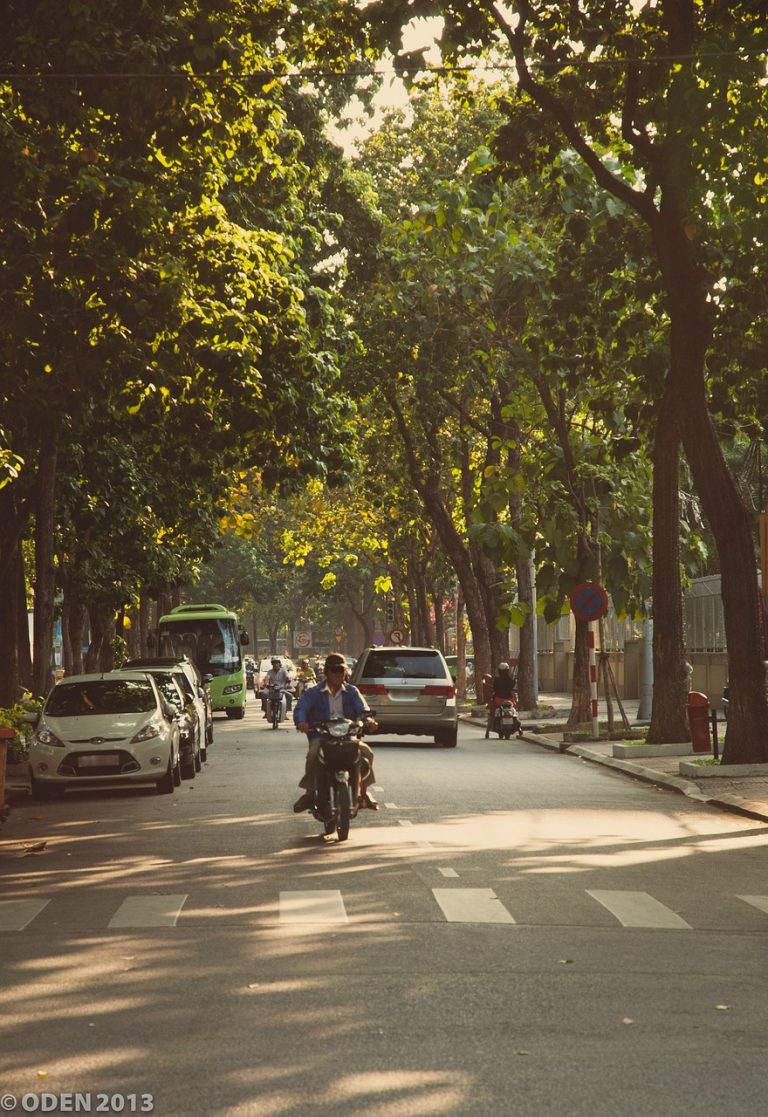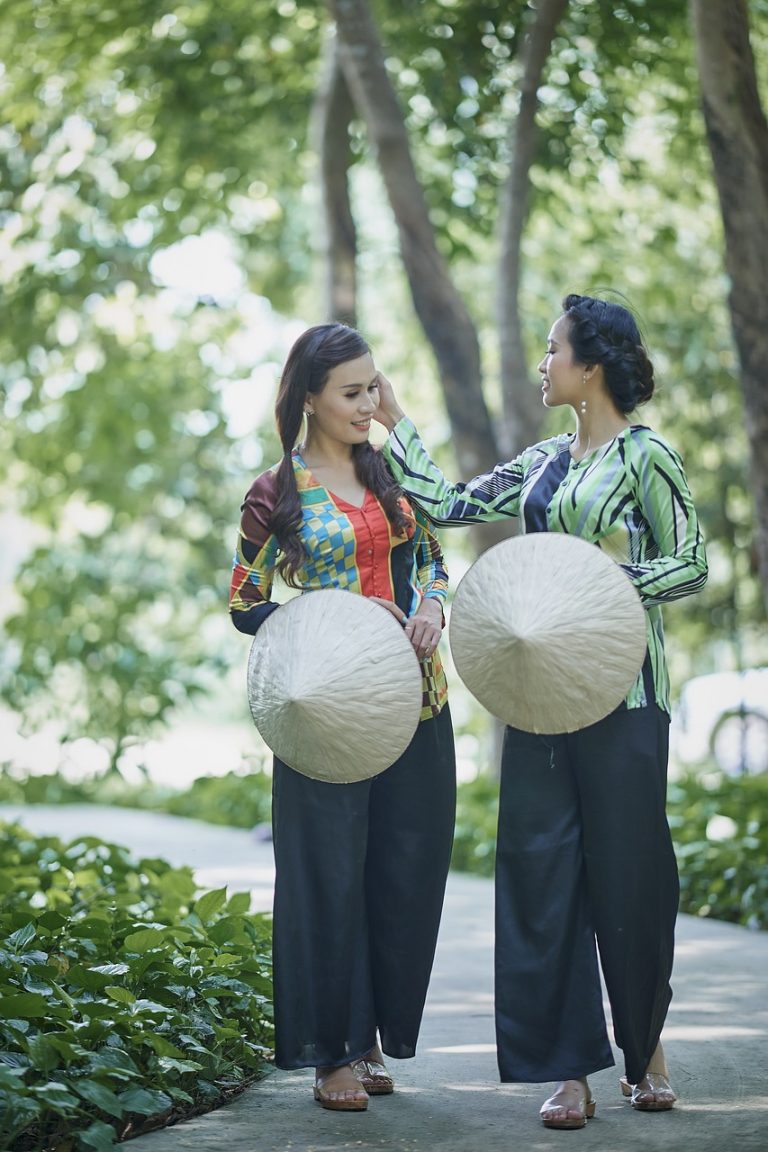Ho Chi Minh City Vietnam Video
The Cultural Evolution of Ho Chi Minh City Vietnam
Ho Chi Minh City, formerly known as Saigon, is the largest city in Vietnam and a vibrant hub of culture and history. Over the years, the city has undergone significant cultural evolution, blending its rich heritage with modern influences. This article explores the various aspects of Ho Chi Minh City’s cultural evolution, highlighting its unique attractions, traditions, and landmarks.
Colonial Architecture
- Notre-Dame Cathedral Basilica of Saigon: This iconic cathedral, constructed in the late 19th century, showcases French Gothic architecture. It is a popular tourist attraction and a symbol of the city’s colonial past.
- Central Post Office: Designed by Gustave Eiffel, this architectural masterpiece combines Gothic and Renaissance elements. It serves as both a post office and a historical landmark.
- Opera House: Inspired by the famous Opera Garnier in Paris, this grand structure is a testament to Vietnam’s French colonial era. It hosts various cultural performances and events.
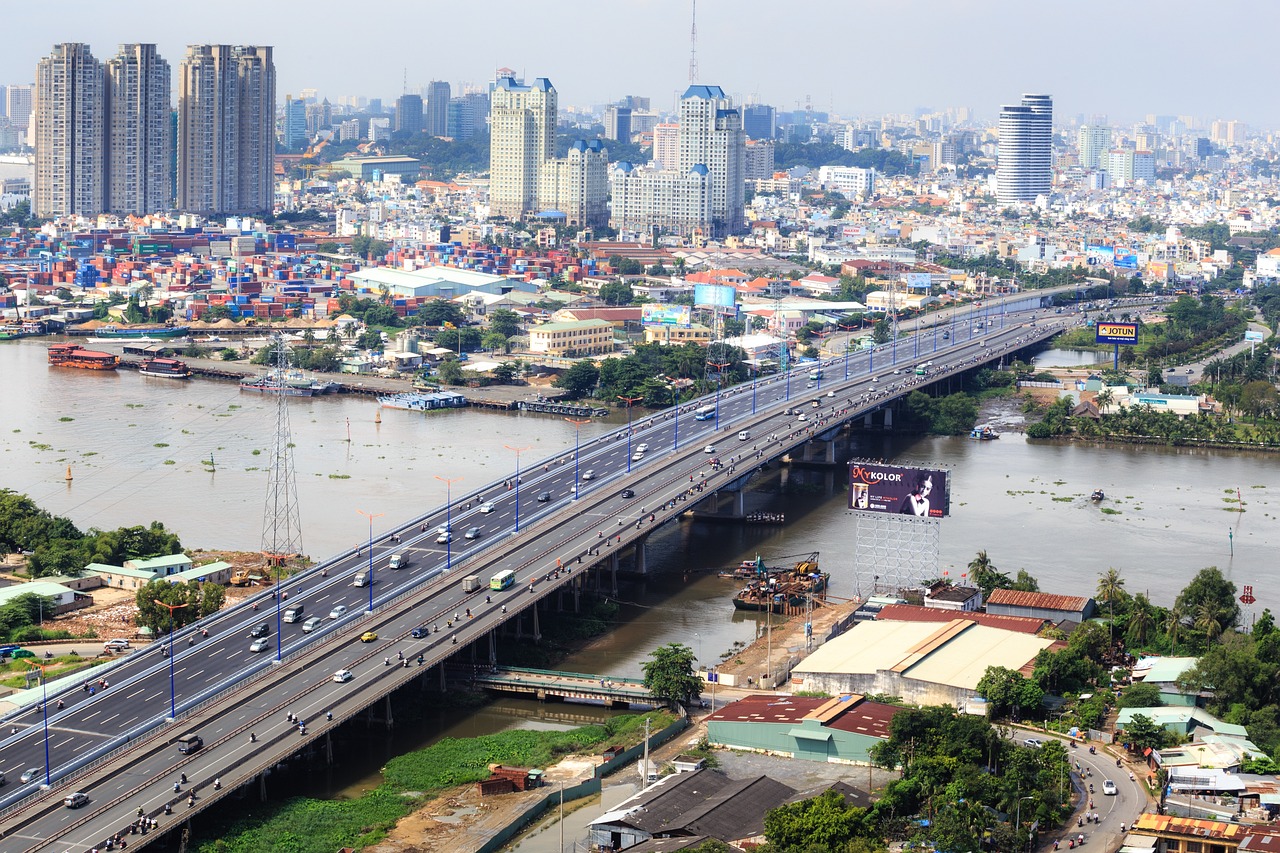
Traditional Markets
- Bến Thành Market: A bustling market in the heart of the city, Bến Thành offers a wide range of products, including local handicrafts, clothing, and delicious street food.
- Bình Tây Market: Known as the largest wholesale market in Ho Chi Minh City, Bình Tây is a paradise for those seeking affordable textiles, spices, and fresh produce.
- Hồ Thị Kỷ Flower Market: This vibrant flower market is a feast for the senses, with colorful blooms and fragrant scents. It is a popular spot for locals and photographers alike.
Cultural Festivals
- Tết Nguyen Dan (Lunar New Year): The most important festival in Vietnam, Tết celebrates the arrival of the lunar new year. It is a time for family reunions, traditional customs, and festive decorations.
- Mid-Autumn Festival: Also known as the Moon Festival, this celebration involves lantern displays, lion dances, and the consumption of mooncakes. It is a joyous occasion for children and families.
- Vu Lan Festival: Held on the 15th day of the seventh lunar month, Vu Lan is a Buddhist festival that honors ancestors and pays respect to parents. It includes rituals, ceremonies, and charitable acts.

Historical Landmarks
- Independence Palace: Formerly the Presidential Palace, this historic building played a significant role in Vietnam’s modern history. Visitors can explore its preserved rooms and learn about its political significance.
- War Remnants Museum: Offering a sobering perspective on the Vietnam War, this museum displays photographs, artifacts, and exhibitions that depict the harsh realities of the conflict.
- Củ Chi Tunnels: Located just outside the city, these elaborate underground tunnels were used by the Viet Cong during the war. Visitors can crawl through the tunnels and learn about their strategic importance.
Religious Sites
- Thien Hau Temple: Dedicated to the goddess of the sea, this Chinese-style temple is a place of worship for the city’s Chinese community. Intricate wood carvings and ceramic figurines adorn its interior.
- Giac Lam Pagoda: One of the oldest pagodas in Ho Chi Minh City, Giac Lam is renowned for its beautiful architecture, serene atmosphere, and ancient Buddhist relics.
- Notre-Dame Cathedral Basilica of Saigon: Mentioned earlier for its colonial architecture, this cathedral also serves as an important religious site for the city’s Catholic population.
Modern Development
- Bitexco Financial Tower: Standing tall in the city skyline, this skyscraper offers panoramic views of Ho Chi Minh City. It is a symbol of the city’s rapid economic growth.
- Landmark 81: Currently the tallest building in Vietnam, Landmark 81 houses luxury apartments, offices, and a shopping mall. It represents the city’s modernization and urban development.
- Nguyen Hue Walking Street: A pedestrian-only boulevard, Nguyen Hue is a popular gathering place for locals and tourists. It features art installations, street performances, and vibrant nightlife.
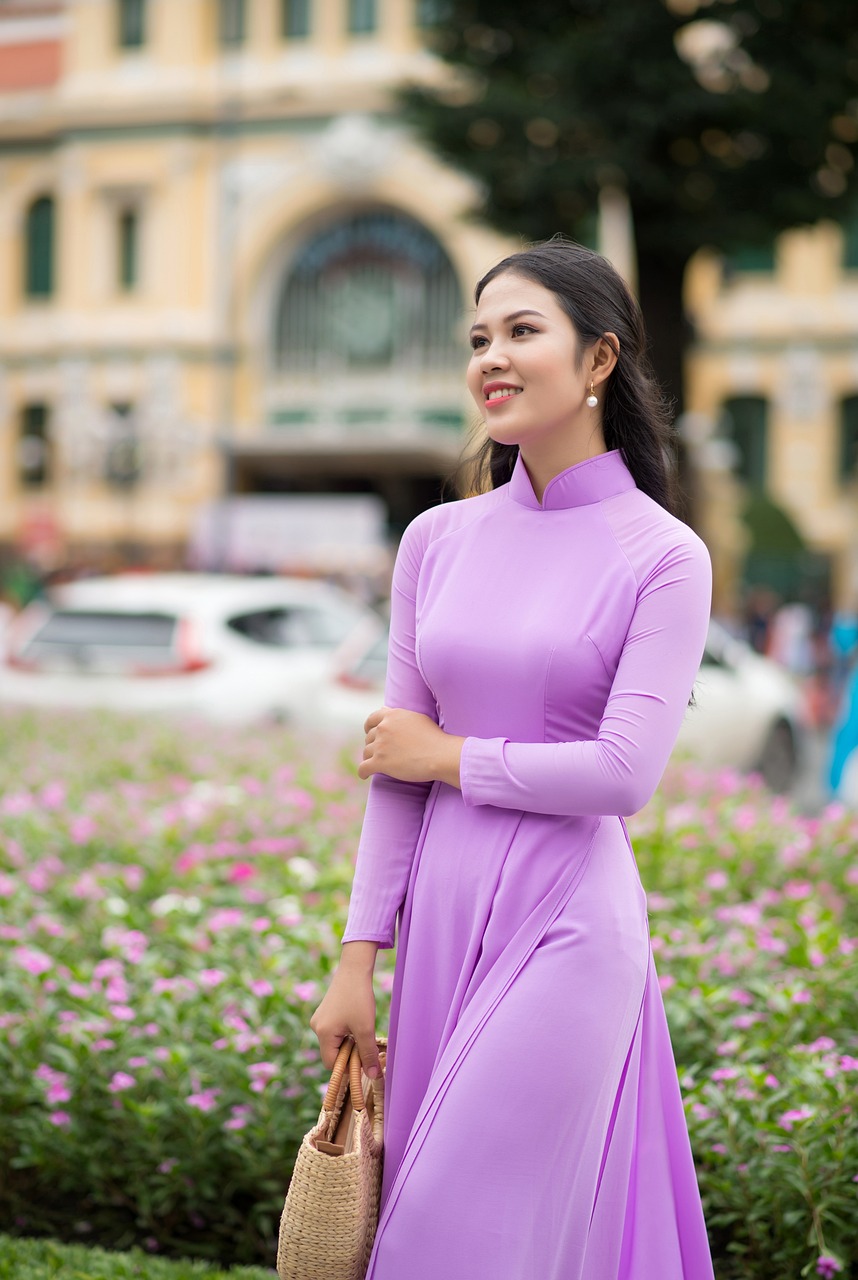
Culinary Delights
- Phở: Vietnam’s most famous dish, phở is a flavorful noodle soup typically made with beef or chicken, rice noodles, and aromatic herbs.
- Bánh Mì: A Vietnamese-style baguette sandwich filled with various ingredients such as grilled meats, pickled vegetables, and pâté.
- Gỏi Cuốn: Also known as fresh spring rolls, gỏi cuốn consists of rice paper wrappers filled with shrimp, pork, herbs, and vegetables. It is often served with a dipping sauce.
Art and Entertainment
- Ho Chi Minh City Museum of Fine Arts: Showcasing a diverse collection of Vietnamese art, this museum features traditional paintings, sculptures, and contemporary works.
- Golden Dragon Water Puppet Theater: Water puppetry is a traditional Vietnamese art form, and this theater offers captivating performances that combine music, storytelling, and puppetry.
- Saigon Opera House: Beyond its architectural significance, the Saigon Opera House hosts a range of cultural performances, including ballet, opera, and Vietnamese traditional music.
Conclusion
Ho Chi Minh City’s cultural evolution is a captivating journey through time, blending the influences of its colonial past with the vibrancy of modern development. From its colonial architecture and traditional markets to its historical landmarks and religious sites, the city offers a rich tapestry of cultural experiences. As the city continues to grow and evolve, it remains a vibrant destination that celebrates its heritage while embracing the future.
References
- petitpalace.co.uk
- vietnam.travel
- vietnam-guide.com
- warremnantsmuseum.com
- bitexcofinancialtower.com


